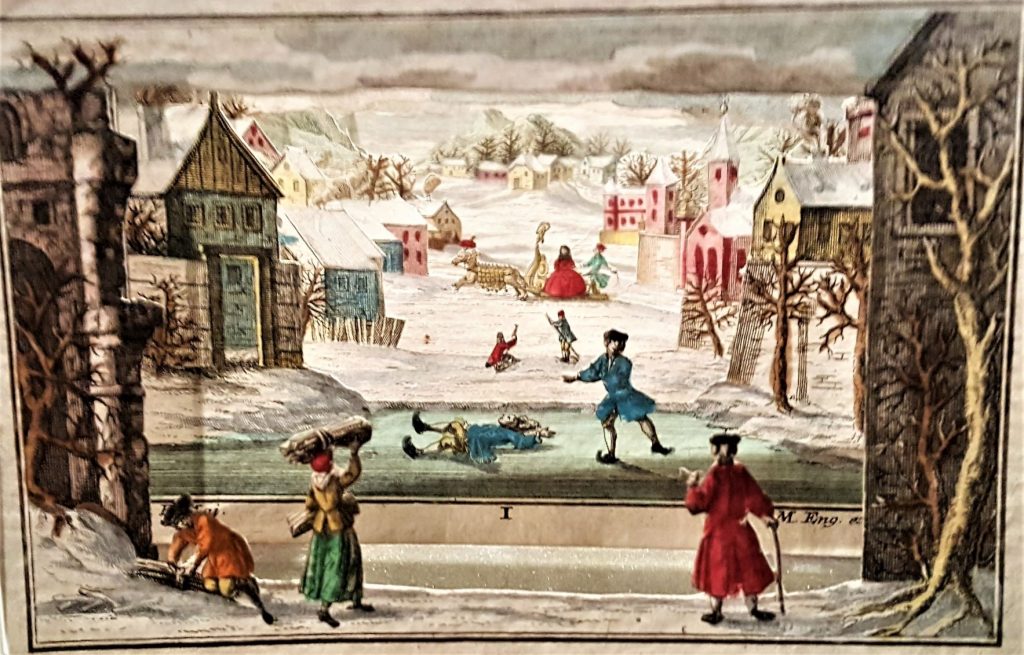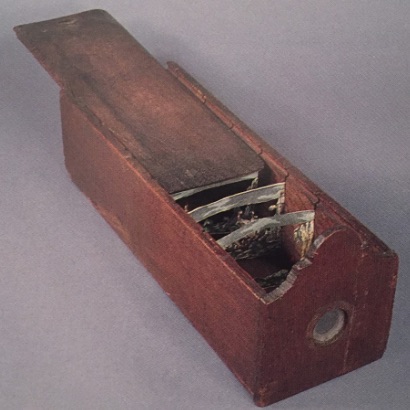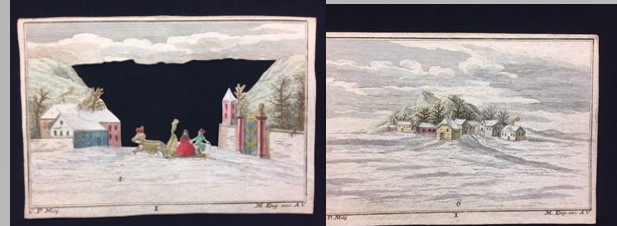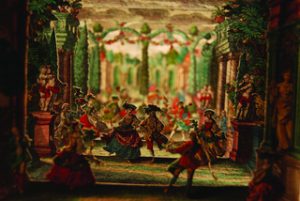This post was contributed by Olivia Grochmal, graduate student in the History of Design and Curatorial Studies program offered jointly by the Parsons School of Design and the Cooper Hewitt Smithsonian Design Museum, and Elizabeth Broman, Reference Librarian, Cooper Hewitt Smithsonian Design Library.

All incoming students in The New School Parsons History of Design and Curatorial Studies (MA) Masters’ Degree Program at the Cooper Hewitt, Smithsonian Design Museum take an object and research-based class called Pro-Seminar. Students learn to conduct formal analyses of objects, write catalog entries, and prepare visual presentations that require students to incorporate primary and secondary source research. Students select one object from the museum collection to study during this class, that ”object” can be a book from the Cooper Hewitt Design Library presented by staff during curatorial orientations.

One of the books the Library presented for a pro-seminar research paper was a recent acquisition of a Martin Engelbecht (1684-1756) “peep-show” from our collection. He is credited with the creation and popularization of these optical toys known as peep-shows, with his Winter Scene of 1740, remaining to this day as a striking example of his ability to seduce the viewer with whimsy and to interject a sense of magic in the day-to-day. Unlike the vast number of entertainment options available to the 21st-century consumer, those in the early 18th century looked to paper peep-shows for leisure entertainment. A peep-show can be thought of as a series of scenic backdrops for a theatre in miniature.

Consisting of six thick hand-colored paper cards, each measuring approximately 4 inches by 6 inches, Engelbrecht’s dimensional scene comes to life when properly aligned, originally exhibited with the aid of leather or wooden “peep-boxes”. The cards depict an outdoor winter scene with small figures clad in contemporary period garb positioned within the peep-show in the midst of everyday activities of the middle classes. Two figures in the foreground gather branches and sticks to stoke their fire. Looking further inward, two male figures make their way tentatively across an icy patch of ground. Gathering wood, ice skating and riding in a sleigh looks charming, although the reality of an 18th century German winter would be anything but cozy. The viewer would see these artful depictions of life in winter while sitting in front of a fire.

Vertical positioning of the cards within the box, with the lid slid shut to allow proper light to penetrate, provides the viewer with a single opening through which to “peep” in and survey the scene.


Olivia Grochmal is a graduate student in the History of Design and Curatorial Studies program offered jointly by the Parsons School of Design and the Cooper Hewitt Smithsonian Design Museum. This title was a Pro-Seminar Object in the Fall of 2018. A student CHM Library worker and a fellow in the Cooper Hewitt Marketing Department, Olivia’s interests focus on Colonial silver and the art of the French Riviera. Winter Scene is a gift of Margery Masinter.
Elizabeth Broman, Reference Librarian

Be First to Comment